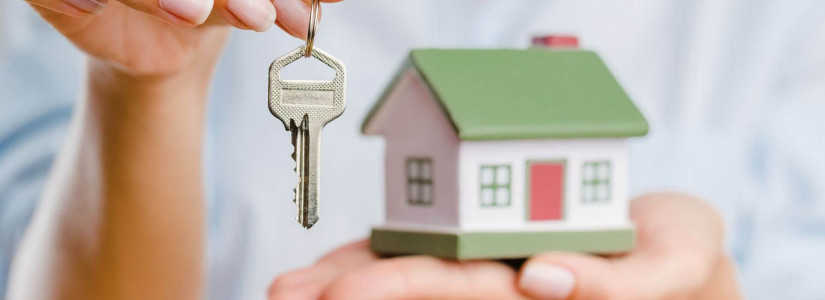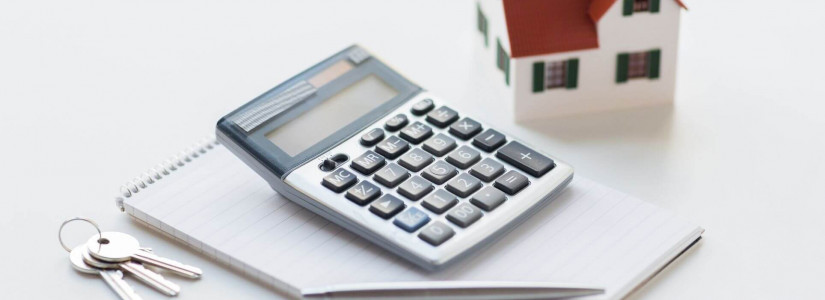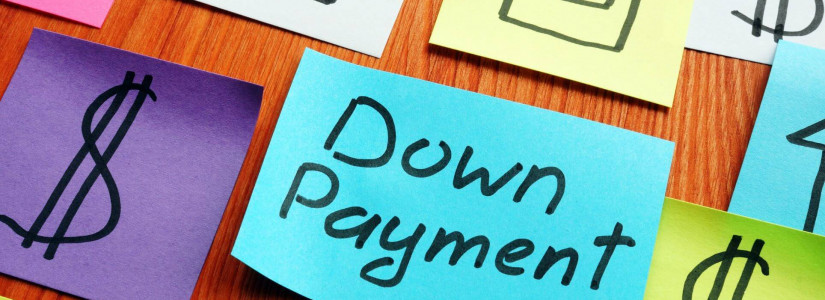The New Down Payment System Is Made Possible By A Government Program
Down payments have been touted as one of the most essential variables in a real estate transaction. Whether you are purchasing a home or refinancing, down payments have proven to be a necessary measure for lenders to take for them to feel comfortable extending the loan. Homeowners must come up with a down payment, and depending on the amount of money they borrow against the property, results in a certain loan-to-value percentage. It is essential to remember this when making other investments with your money.
1. The Rise of Down Payment Assistance Programs
Down payment assistance programs have gained significant popularity over the past few years, but they have been around in one form or another since the 1980s. The government runs these programs or a charity organization to help people with little to no money for a down payment purchase a house, condominium, or even a duplex. Some programs require you to maintain your current residence or pay income-based rent. One of the most significant advantages is that you are not required to repay the down payment assistance.2. How to qualify for a down payment
If you are interested in a particular home, you must usually make a specific down payment or down payment help to qualify. Some are very strict with their criteria, which can be as simple as requiring a credit score of at least a certain number and the ability to pay the mortgage. You must first assess your eligibility requirements to determine if you can qualify for a down payment assistance program. Each program has its own requirements you must meet before applying for the program.3. Exploring Federal Government Initiatives
The federal government has recognized the importance of affordable housing and has introduced several programs to address the down payment challenge. One such initiative is the Federal Housing Administration (FHA) loan program. Backed by the government, FHA loans offer low down payment options, making home-ownership more accessible for first-time buyers and those with limited financial resources.The U.S. Department of Housing and Urban Development (HUD) offers grants and programs to assist low-income individuals and families with down payments. These programs vary by location, so it's essential to research the options available in your area. Receiving assistance from a HUD-approved nonprofit agency is another option for you.
4. Community Organizations
Community housing agencies are nonprofit organizations that try to spur affordable home ownership. They rely on grants and donations from local banks or foundations. The programs these agencies offer vary but usually include subsidized down payments, construction loans, mortgages backed by the Federal Housing Administration (FHA), and financial assistance in paying the mortgage.5. Understand the Program's Requirements
Before applying to any program, you must do homework and research the requirements. Some require that you maintain your current home in good condition as a condition of receiving assistance, which can be difficult if you are selling your home. Others demand that you pay income-based rent on your current home or agree to lease it to another tenant. The programs will only accept homes with low mortgage payments because they want their home loans repaid yearly. Before applying for any program, you should check your credit score, income, and assets. You must also be aware of the unpaid arrears on your credit report.6. Private Programs
Private down payment assistance programs combine the federal government's agenda and community housing agencies' programs mentioned above. Personal programs are operated by charities and are dedicated to helping people buy homes at affordable rates while meeting the homeowner's financial aid guidelines. These programs can be found in many areas. Most of these programs require credit checks, but they are also offered in areas where an FHA loan would not be of help.7. Lenders' Programs
Lenders have also set up their down payment assistance programs that assist you with the down payment and closing costs of your home purchase. Some lenders even developed their down payment assistance program for their clients and then made it available to other customers. These lenders will help you with a mortgage, but they still expect to require some collateral from you, such as a personal property deed or checking account statement.The government, community organizations, lenders, and private companies offer down payment assistance programs to help first-time home buyers and low-income families purchase a house at an affordable rate. These programs offer a gateway to home-ownership for many people, including those who have been out of work for a long time. But you will still need to have the required funds for your down payment and closing costs, as well as prove that you can fulfill the program's requirements.











